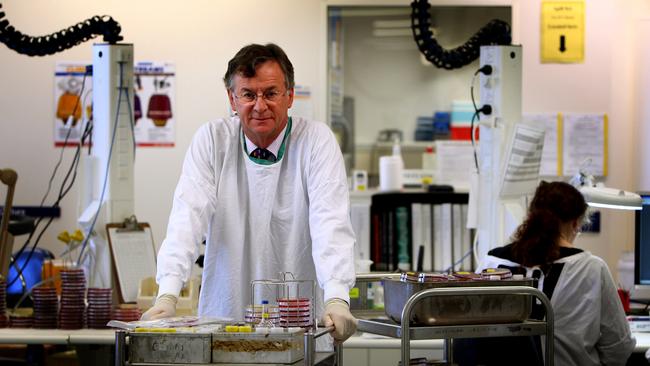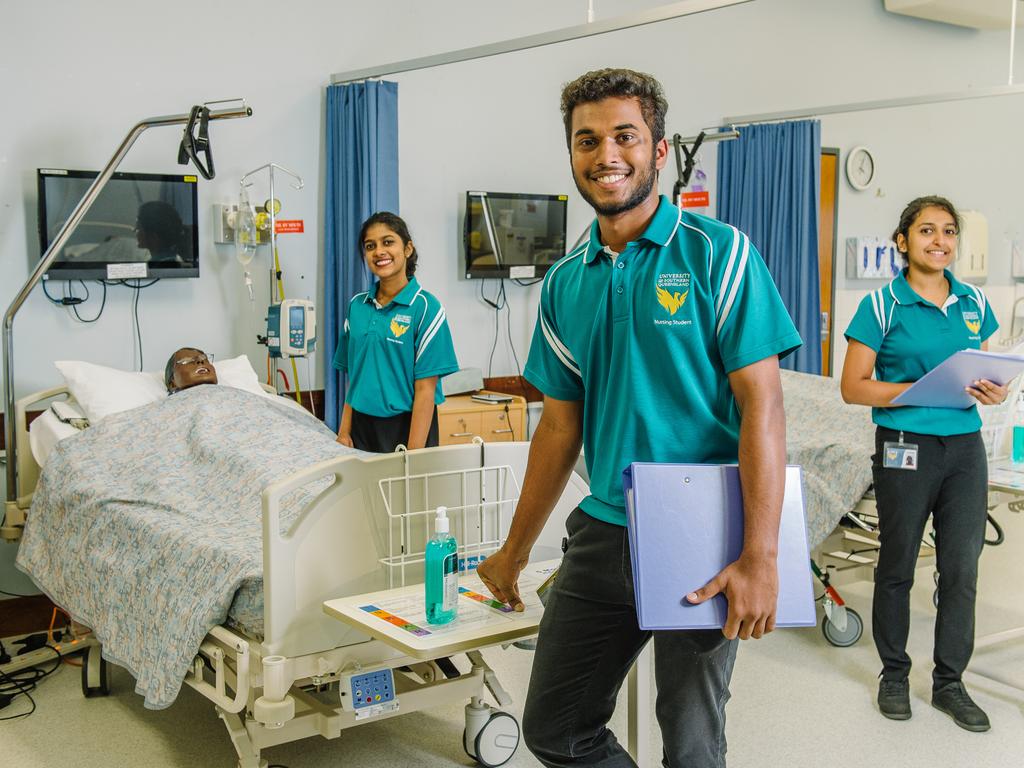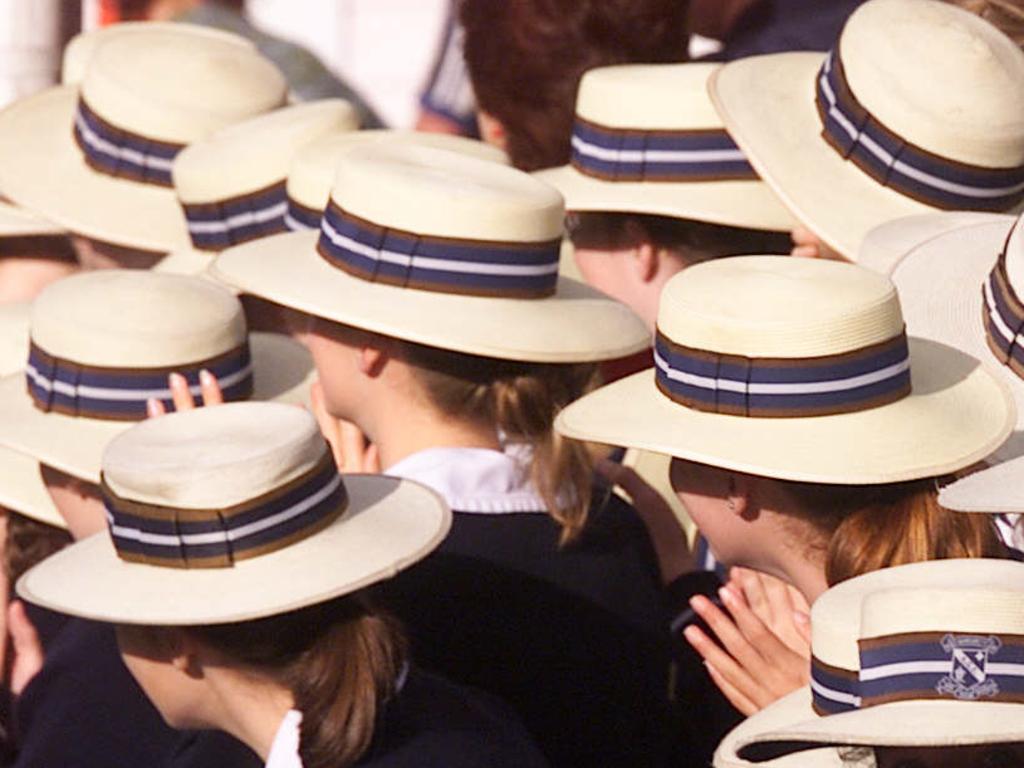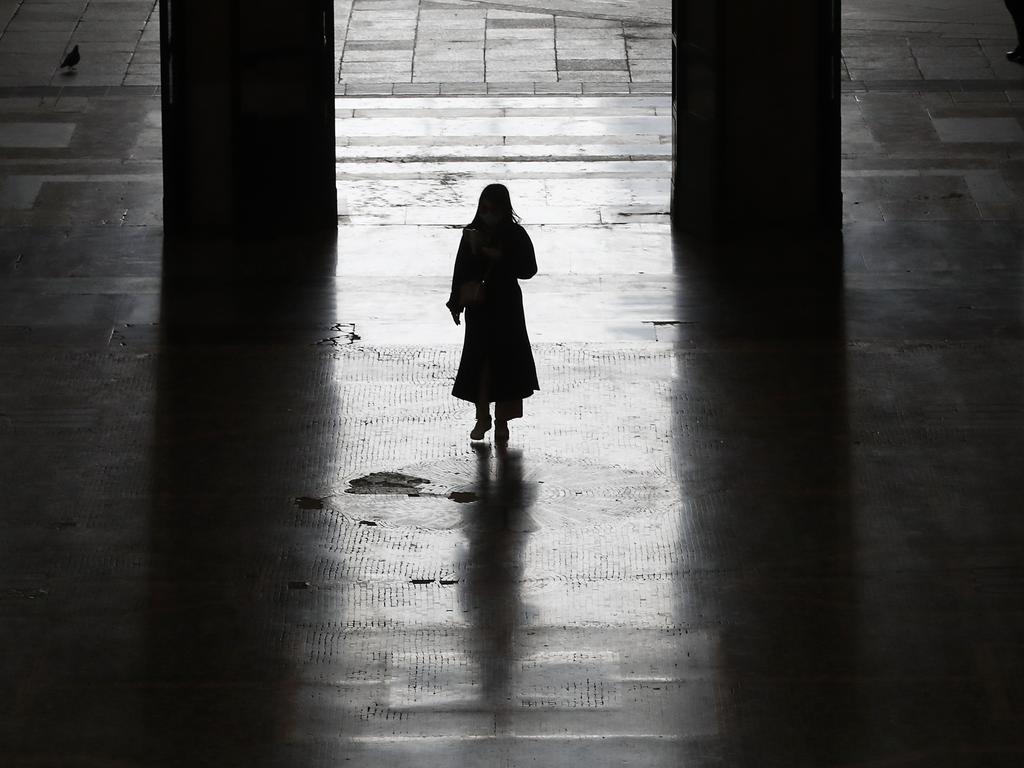Coronavirus: nation against tide on school closures
Victoria will close schools on Tuesday contravening the federal government’s insistence that closing schools could do more harm than good.

Australia, New Zealand and Mexico were the only Western countries that had not placed localised or countrywide controls on the opening of schools, while Australian governments and infectious disease experts struggle to reach a consensus on whether the doors of Australia’s 10,584 schools should remain open.
Victoria will close schools on Tuesday — and NSW may follow suit — contravening the federal government’s previous insistence that closing schools could do more harm than good.
Infectious disease physician, microbiologist and Australian National University professor Peter Collignon agreed with the federal government, saying other, less disruptive forms of quarantine should be put in place before schools are closed.
“Other places have got this under control without closing schools, like Singapore,” Mr Collignon said, adding that children are less likely to be infected by coronavirus.
“What we need to do is put people above the age of 70 and high-risk individuals in quarantine.
“The people who are dying from this in Italy — 99 per cent of the people dying have an underlying medical condition and 90 per cent are over the age of 70. “If we closed schools now, they will stay closed until September as over the winter months we will see increased risk of infection.
“That will really interfere with the delivery of essential services because the children of nurses, doctors, truck drivers will have to stay home and a parent will have to be there with them — they can’t be out running around in the street.”
But Professor of global biosecurity at the University of NSW and Kirby Institute biosecurity head Raina MacIntyre said there was enormous risk allowing schools to remain completely open.
“We cannot say there is no evidence of transmission of children,” she said. “A large study of over 2000 coronavirus-infected children in China released by the Pediatrics Journal last week shows that only 50 per cent of the children had a mild case.
“Thirty per cent had a more severe infection, 6 per cent had a critical illness and there was one death of a 14-year-old-child. Of those children with a severe infection, more than half of them were six or younger — primary school age.”
Ms MacIntyre said it was not too late to act — but a decision had to be made soon. “If you allow it to go like this, we’re going to have 10,000 cases in a couple of weeks. You won’t be able to track anything. It’s game over.”







To join the conversation, please log in. Don't have an account? Register
Join the conversation, you are commenting as Logout